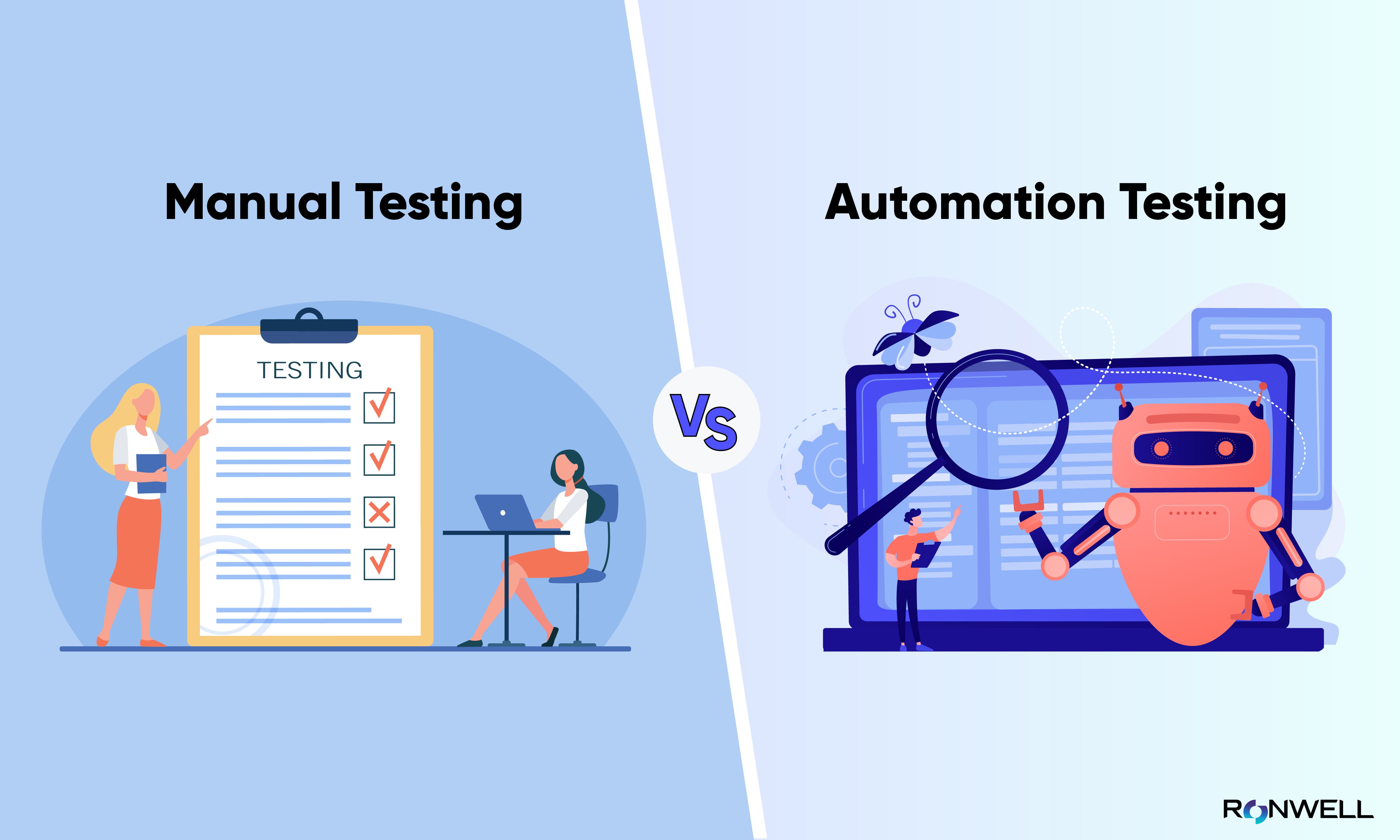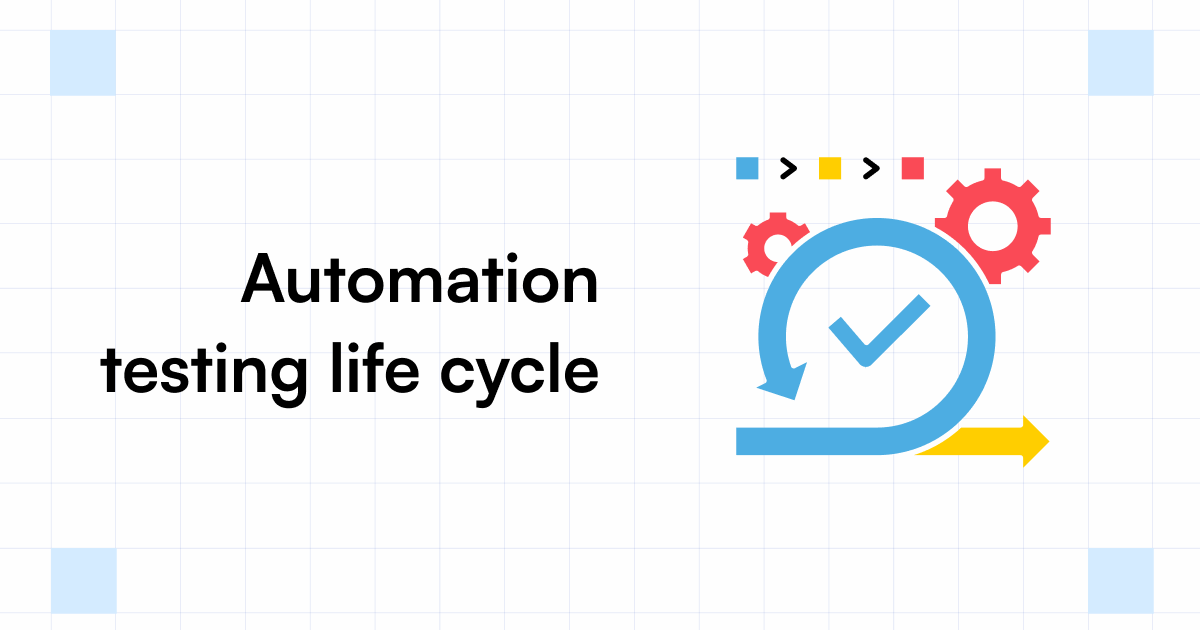From Manual to Automated Testing: A Comprehensive Guide to Transitioning Smoothly and Successfully
In the world of software testing, the change from handbook to automated processes has actually become a significantly important change for organizations looking for to boost performance and accuracy in their screening practices. The journey from guidebook to automated testing is not without its difficulties, but when approached purposefully and with a clear strategy in mind, the benefits can be considerable.
Advantages of Automated Testing
Automated testing provides various benefits, boosting efficiency and accuracy in software application advancement procedures. Automated examinations can be run simultaneously on multiple devices and operating systems, substantially speeding up the testing phase compared to hands-on testing.
Additionally, automated testing ensures a higher degree of precision in identifying flaws. Consistency in testing is additionally enhanced, as automated tests implement the very same actions specifically each time they are run.
Choosing the Right Tools

First of all, evaluate your objectives and needs. Recognize the extent of your job, the innovations included, and the capability of your team. This analysis will certainly assist you establish the attributes and abilities you require in your testing devices.
Second of all, take into consideration the compatibility of the devices with your existing systems and processes. Seamless assimilation with your existing software growth lifecycle is necessary to make sure a smooth transition to automation.
Furthermore, evaluate the scalability and adaptability of the devices. As your testing needs develop, the devices should be able to adjust and accommodate adjustments properly.
Last but not least, variable in the support and area around the tools. When applying automated screening, durable support and an active customer area can offer valuable sources and support. By carefully taking into consideration these aspects, you can pick the right tools that line up with your needs and set the phase for a successful change to automated testing.
Composing Reliable Test Scripts

When crafting test manuscripts, it is necessary to consider the details requirements of the software program being evaluated and ensure that the scripts attend to all crucial capabilities. Clear and descriptive calling conventions for test manuscripts and examination cases can improve readability and maintainability. In addition, integrating mistake handling devices within the test manuscripts can help in determining and attending to issues quickly.
In addition, organizing test scripts right into modular parts can improve reusability and scalability, minimizing redundancy and boosting performance in test script maintenance. Routine testimonials and updates to test scripts are important to maintain rate with evolving software application needs and capabilities. By following these concepts, testers can create robust and efficient examination manuscripts that add significantly to the success of automated testing processes.
Integrating Automation Into Workflows
By flawlessly incorporating automated testing devices like Selenium or Appium you could look here into the software application development lifecycle, teams can attain faster comments on code adjustments, leading to quicker insect discovery and resolution. This integration permits for constant screening throughout the advancement procedure, making sure that any problems are identified early on, resulting in greater software program quality. Correct integration of automation devices requires cooperation between advancement, screening, and operations groups to establish a unified process that maximizes efficiency and performance in delivering top notch software program products.
Guaranteeing a Smooth Change
Successfully transitioning to automated testing includes thorough preparation and careful execution to make best use of and reduce interruptions effectiveness in the software program growth procedure - automation testing. To ensure a smooth transition, it is important to begin by performing a thorough assessment of the present testing processes and recognizing locations where automation can bring one of the most substantial advantages. Involving with all stakeholders early at the same time, consisting of designers, testers, and job managers, is important for gathering support and buy-in for the automation effort
Communication is crucial during this transition phase. Clear communication of the objectives, benefits, and assumptions of automated screening assists to manage any resistance or worries that may arise. Furthermore, supplying appropriate training and sources for team members to upskill in automation tools and strategies is crucial for making sure a successful transition.

Conclusion
Finally, transitioning from handbook to automated testing uses many advantages, consisting of boosted performance and reliability. By selecting the proper devices, composing efficient test scripts, and integrating automation perfectly into workflows, organizations can ensure a smooth and successful shift. It is vital to embrace automation as a valuable property in software program screening processes to enhance overall quality and performance.
In the world of software application link testing, the shift from guidebook to automated procedures has become a progressively crucial shift for organizations looking for to improve effectiveness and accuracy in their screening methods. Automated tests can be run simultaneously on numerous gadgets and operating systems, significantly speeding up the testing stage compared to manual screening. Consistency in screening is additionally boosted, as automated tests execute the very same steps specifically each time they are run.To make sure the successful execution of chosen screening devices, the development of effective examination scripts plays an essential function in validating the performance and performance of automated procedures - automation testing. By following these concepts, testers can create efficient and durable test manuscripts that add dramatically to the success of automated testing procedures